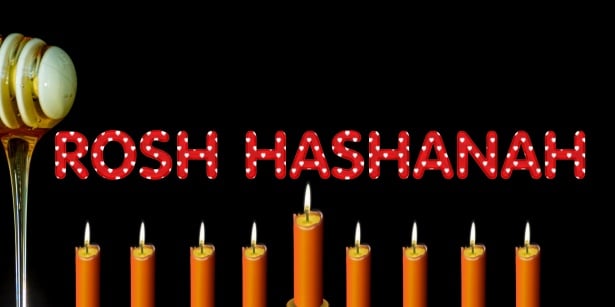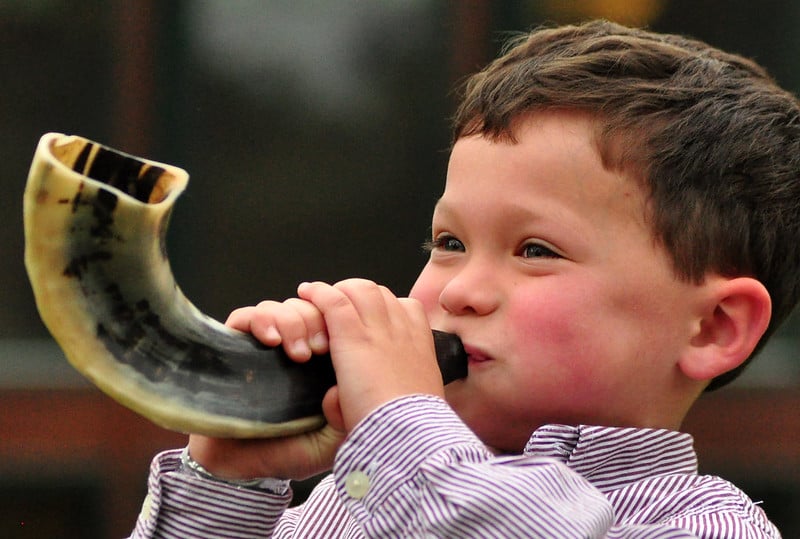
On September 25, 2022, Jewish people worldwide will observe Rosh Hashanah, the Jewish New Year. The two-day celebration is held annually on the first and second days of Tishrei — the first month of the Jewish year. While the holiday's exact date changes each year, it is almost always in September or October.
Rosh Hashanah commemorates the world's creation and marks the beginning of the Days of Awe. The 10-day period ends with Yom Kippur. It is a time to reflect on the past year and ask for God's forgiveness for any wrongdoing.

Unlike the New Year celebrations in January, Rosh Hashanah, which means "head of the year," is a quiet and reflective holiday. Observers attend special synagogue services where they sing songs and listen to readings from holy Jewish texts. They also recite prayers from the machzor — a special prayer book used only during Rosh Hashanah and Yom Kippur.
Blowing the shofar is an important element of the holiday. The trumpet, which is usually made from a ram's horn, is sounded 100 times during a typical Rosh Hashanah ceremony. Shofar blowers begin by reciting a collection of holy verses and blessings. They then sound the instrument in four sets: A long blast known as tekiah, three short bursts known as shevarim, nine rapid blasts known as teruah, and a very long blast called a tekiah gedolah.
Rosh Hashanah meals include several symbolic foods. A round challah loaf represents the circle of life, while apples and honey stand for good health and happiness in the upcoming year.
Yom Kippur
The 10 Days of Awe end with Yom Kippur, or the Day of Atonement. This year, the holiday will be observed from sundown on October 4th through sunset on October 5, 2022. Yom Kippur is considered the holiest day of the Jewish year and is spent in continuous prayer at the synagogue. Jews do not work or go to school on this day. Many also fast for 25 hours, don white clothing, and refrain from wearing make-up, perfume, or leather shoes. Yom Kippur ends with a joyous celebration and a breaking of the fast.
The holy day is credited to the prophet Moses. According to Jewish tradition, when Moses led the Israelites out of Egypt, they went to Mount Sinai. Moses climbed to the top of the mountain and received two tablets engraved with the Ten Commandments from God. The first commandment told people to only worship God. But when Moses descended from the mountain, he found the Israelites worshiping a golden calf and shattered the tablets in anger. However, after people made amends for their mistake, God forgave them and gave Moses a second set of tablets engraved with the Ten Commandments on Yom Kippur.
Shana Tovah (Have a Good Year)!
Resources: History.com, Wikipedia.org, nationalgeographic.com
